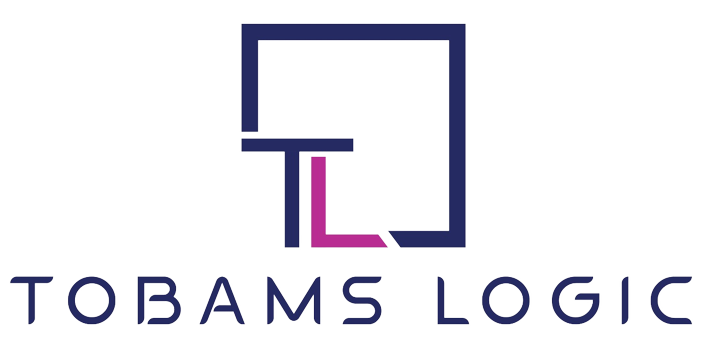If there’s one thing we all know about running a business, it’s that risk is an inevitable part of the journey. But here’s the good news: with the right risk management strategies, you can navigate these uncertainties and set your business up for sustainable growth. At Tobams Logic Academy, we’re all about equipping you with the tools to thrive, even in the face of risks. Ready to dive into some savvy strategies? Let’s go!
Identify and Assess Risks
The first step in managing risks is to identify them. Start by looking at all aspects of your business from operations to finance, to market conditions. Use tools like SWOT analysis (Strengths, Weaknesses, Opportunities, Threats) to get a clear picture. Once you’ve identified potential risks, assess their impact and likelihood. This helps prioritize which risks need immediate attention and which ones can be monitored over time.
Develop a Risk Management Plan
A well-structured risk management plan is essential. This plan should outline the specific strategies you’ll use to mitigate risks. Here’s a simple framework to follow:
- Risk Avoidance: This involves taking steps to avoid certain risks altogether. For example, if entering a new market seems too volatile, you might decide to delay your entry until conditions are more stable.
- Risk Reduction: Implement measures to reduce the impact or likelihood of risks. For instance, diversify your product line to avoid over-reliance on a single revenue stream.
- Risk Sharing: Transfer some of the risks to third parties. This could involve purchasing insurance or outsourcing certain operations to reduce your direct exposure.
- Risk Retention: Some risks are unavoidable, and you may need to retain them. In such cases, ensure you have contingency plans in place to manage their impact.
Build a Resilient Business Model
Resilience is key to sustainable growth. Here are some tips to build a robust business model:
- Diversification: Don’t put all your eggs in one basket. Diversify your products, services, and markets to spread risk.
- Financial Buffer: Maintain a healthy cash reserve to cushion against unexpected financial setbacks.
- Agility: Stay flexible and adaptable. This allows you to pivot quickly in response to changing market conditions.
Leverage Technology
Technology can be a game-changer in risk management. Here’s how:
- Data Analytics: Use data analytics to gain insights into market trends and customer behavior. This helps in making informed decisions and anticipating potential risks.
- Automated Systems: Implement automated systems for monitoring and managing risks. This reduces human error and ensures timely responses to emerging threats.
- Cybersecurity: Protect your business from digital threats by investing in robust cybersecurity measures. This includes regular software updates, employee training, and incident response plans.
Engage and Train Your Team
Your team plays a crucial role in risk management. Engage them in the process and provide regular training on risk identification and mitigation. Foster a culture where employees feel comfortable reporting potential risks and suggesting solutions. A proactive and informed team can be your best defense against unforeseen challenges.
Monitor and Review
Risk management is an ongoing process. Regularly review your risk management plan and update it based on new insights and changing conditions. Conduct periodic risk assessments to ensure your strategies remain effective and aligned with your business goals.
Want to master the art of risk management for sustainable growth? Enroll in our comprehensive Risk Management course at Tobams Logic Academy. Gain the skills and knowledge to navigate uncertainties and drive your business towards long-term success. Visit our website and sign up today. Let’s build a resilient future together!

